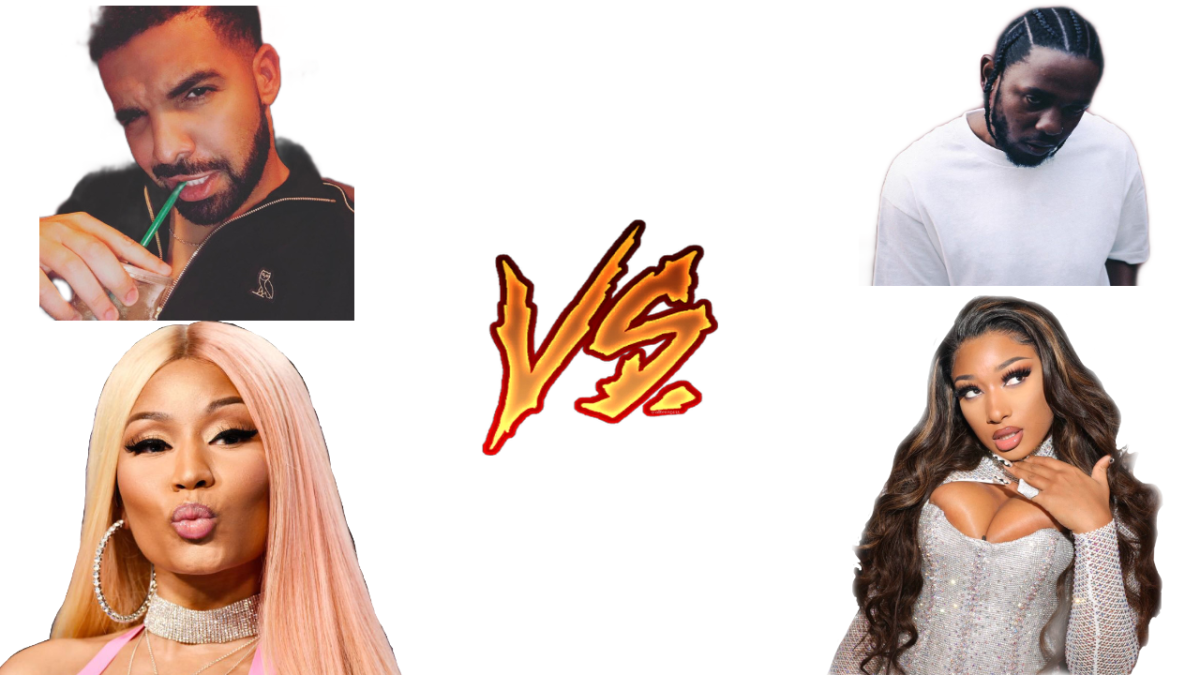Rap music, also known as one of the most powerful music genres for the marginalized and a dynamic force in the cultural landscape, now finds itself at crossroads. The genre that gave us poetic giants and revolutionaries appears to be spiraling into a state of artistic decay, driven by commercialization, superficiality and a detachment from its roots; Everything you could possibly ask for from music.
During the 80s and 90s, often hailed as the Golden Era of rap, were characterized by innovation, lyricism and a deep connection to the struggles of urban life. Artists like Tupac Shakur, The Notorious B.I.G., Nas and so much more painted vivid pictures of their realities, combining intricate wordplay with potent social commentary. Back then, rap was more than music; it was a movement, a reflection of the human condition. Being able to actually connect lyrically to what the artist was expressing.
Now in today’s world, it’s almost like that ethos feels like a distant memory. The raw, unfiltered expression that once defined rap has been overshadowed by a relentless pursuit of commercial success. The industry is now driven by algorithms and streaming numbers, prioritizing catchy hooks and viral moments over substantive content. Rap music has also been turned into a tool to tear one another down. In this new landscape, the art of storytelling has been supplanted by repetitive themes of materialism and hedonism. It almost feels like everyone is competing against one another rather than actually having fun with the music they create.
One of the most glaring issues plaguing modern rap is its overwhelming commercialization. Record labels and executives, driven by the bottom line, have commodified the genre to the point where artistic integrity often takes a backseat. This shift has led to a proliferation of cookie-cutter artists and formulaic tracks designed to maximize profit rather than push creative boundaries.
The rise of streaming platforms has further exacerbated this trend. Algorithms that reward short, attention-grabbing snippets have encouraged artists to produce music that prioritizes immediacy over depth. This has resulted in a glut of tracks that, while sonically appealing, lack the narrative substance and emotional resonance of earlier rap music.
The lyrical content of mainstream rap today is another area of concern. While the genre has always included a mix of serious and lighthearted themes, the balance has shifted dramatically. Contemporary rap is saturated with songs glorifying excess of money, drugs and a misogynistic portrayal of women dominate the airwaves. This shift not only narrows the scope of the genre but also perpetuates harmful stereotypes within the black community.
Gone are the days when rap albums were cohesive projects with a clear vision. Today’s releases often feel disjointed, as if they are designed to produce hits rather than tell a story. It’s like a race on who can get to the top of Billboards’ Hot 100 first or who can snatch up the most Grammys. The art of a concept album, a staple of rap’s golden years, has largely been abandoned in favor of singles-driven success.
Rap’s decline is also marked by a weakening connection to the communities from which it sprang. The genre’s roots in the socio-political struggles of African American communities have been diluted. While they’re still artists who address pressing social issues, they are often overshadowed by those who focus solely on personal gain and superficial success.
This detachment from the community is further reflected in the industry’s gatekeeping practices. The mainstream rap scene is increasingly dominated by a select few, creating an environment where emerging voices struggle to be heard. This homogenization stifles innovation and marginalizes the very diversity that once made rap such a vibrant and inclusive genre.
However, despite these challenges, all is not lost. There are still artists out there who carry the torch of authentic rap. Kendrick Lamar, J. Cole and others continue to push the envelope, blending commercial success with profound, introspective lyrics. Their work serves as a reminder of rap’s potential to be both popular, profound and motivational.
Moreover, the underground and independent scenes are thriving, often providing a refuge for those disillusioned by mainstream rap. These artists, unburdened by commercial pressures, continue to experiment and innovate, keeping the spirit of rap alive.
On a final note, the rap industry stands at a crucial juncture. To reclaim its former glory, it must reconnect with its roots and prioritize artistic integrity over commercial success. It needs to nurture diverse voices and narratives to recapture the social consciousness that once defined it. Only then can rap return to its rightful place as a powerful, transformative force in music and culture. As fans, critics and creators, we must demand more from the genre we love. The potential for greatness is still there; it just needs to be rediscovered and brought to life.


